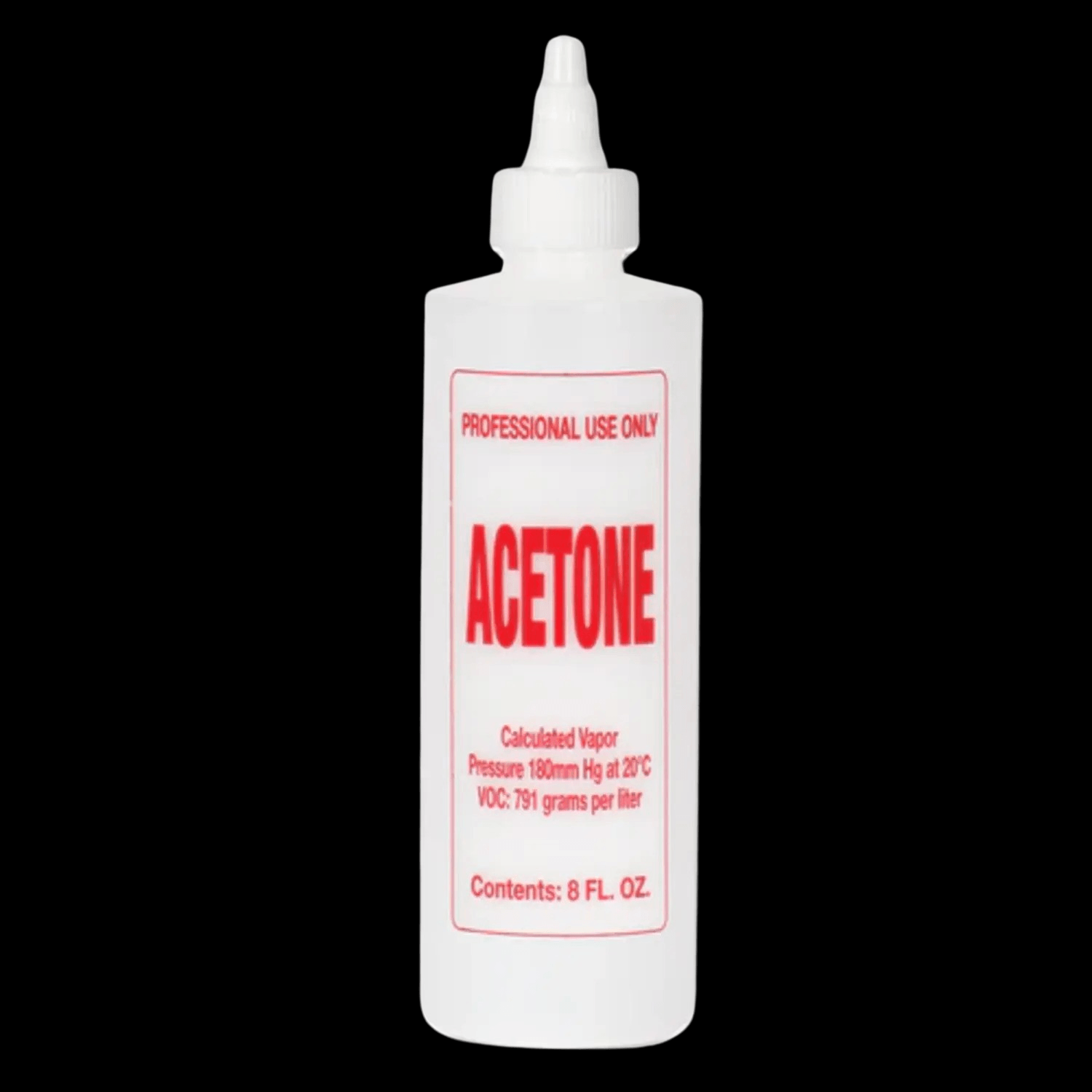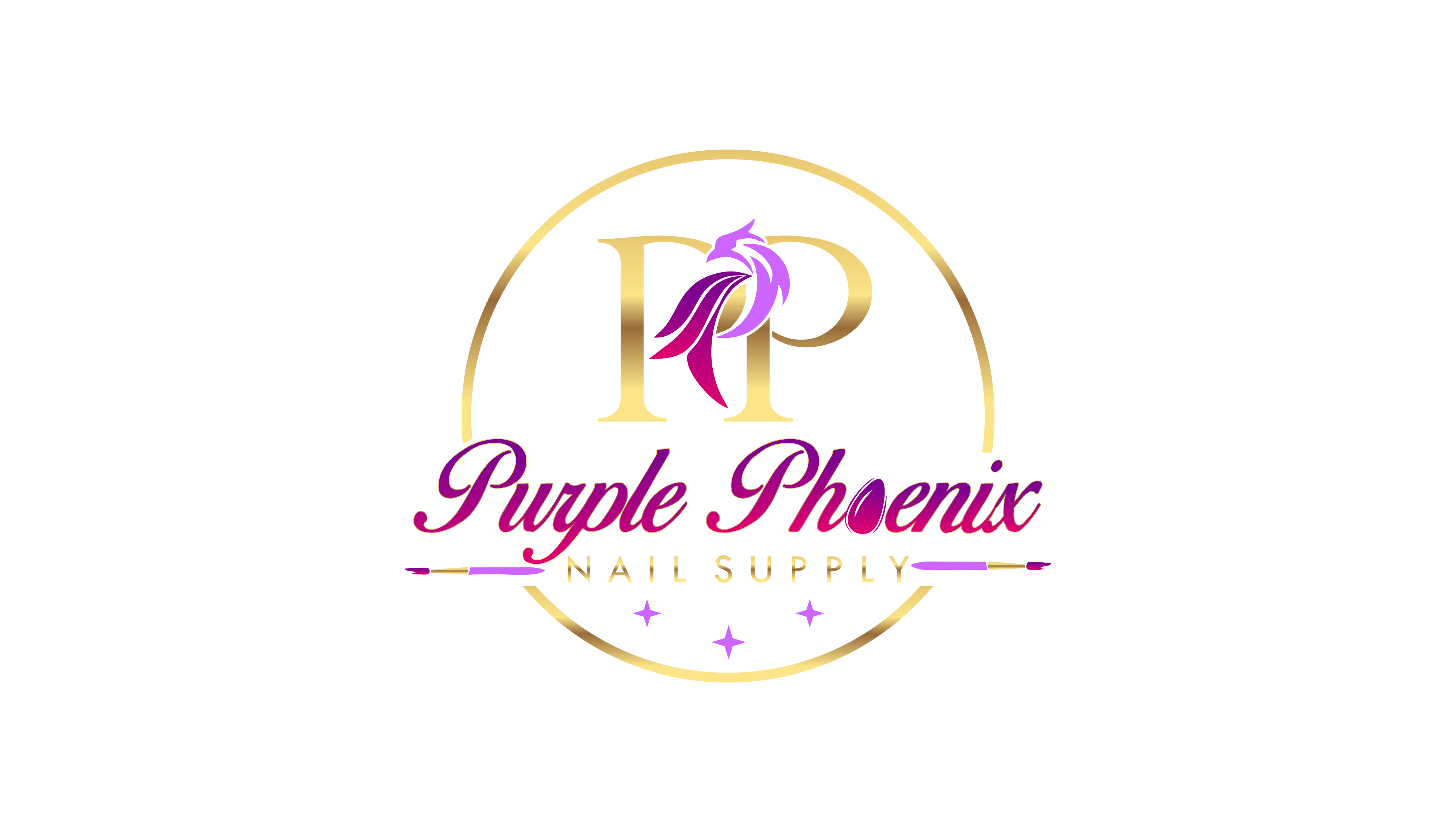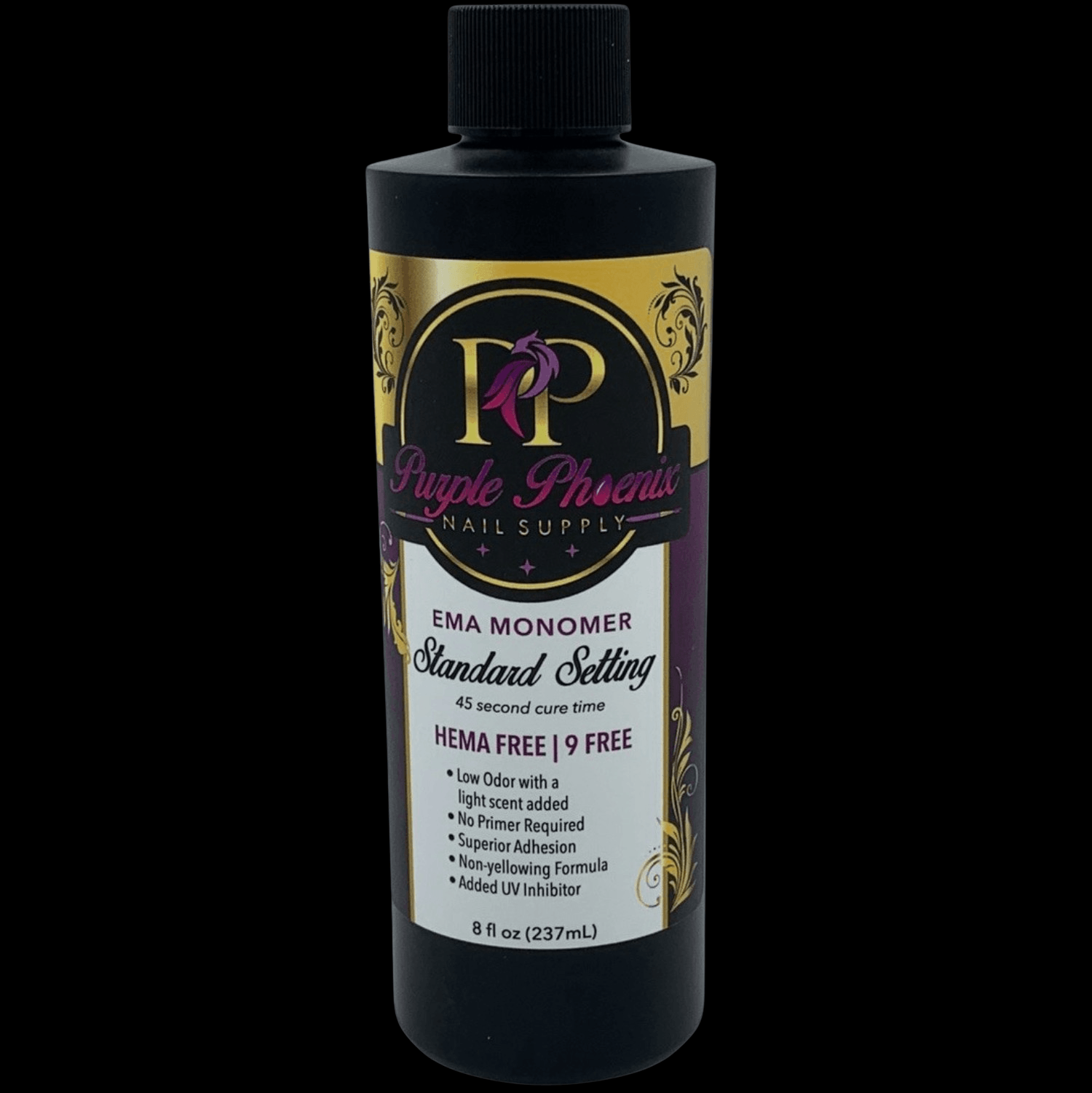
The Peril of Adding Acetone to EMA Monomer: A Warning to Nail Techs and Clients
First and foremost, it's crucial to understand the purpose of each component. EMA monomer is a key ingredient in many acrylic nail products, responsible for creating the durable and glossy finish that clients desire. Acetone, on the other hand, is a potent solvent commonly used to remove nail polish and acrylic nails. While both substances are widely used in the nail industry, they serve very different purposes and should not be mixed.
One of the primary reasons why acetone should not be added to EMA monomer is its potential to compromise the structural integrity of the acrylic nails. EMA monomer is carefully formulated to create strong and long-lasting acrylic enhancements. However, when acetone is introduced into the mix, it can weaken the bonds between the molecules, resulting in brittle and prone-to-breaking nails. This not only undermines the quality of the service provided by nail technicians but also puts the client's nail health at risk.
Furthermore, the addition of acetone to EMA monomer can have adverse effects on the health and safety of both nail technicians and clients. Acetone is known to be highly volatile and can release harmful fumes when mixed with other chemicals. Prolonged exposure to these fumes can lead to respiratory issues, irritation of the eyes, nose, and throat, and even more serious health concerns with repeated exposure over time. Nail technicians who regularly work with acetone-laced EMA monomer are particularly at risk, as they are exposed to these fumes for extended periods during each nail appointment.
Moreover, the improper disposal of acetone-laced EMA monomer can also have environmental repercussions. Acetone is considered a hazardous waste material and must be handled and disposed of properly to prevent contamination of soil and water sources. When acetone is mixed with EMA monomer, it creates a compound that is even more challenging to dispose of safely, posing a threat to the environment if not managed correctly.
In conclusion, the practice of adding acetone to EMA monomer is not only detrimental to the quality of nail services but also poses significant risks to the health and safety of nail technicians and clients alike. Nail technicians should adhere to industry best practices and use products only as directed by manufacturers. Clients, on the other hand, should be vigilant and inquire about the products being used during their nail appointments to ensure their safety and well-being. By avoiding the temptation to cut corners and prioritize safety above all else, we can uphold the standards of professionalism and integrity in the nail care industry.


